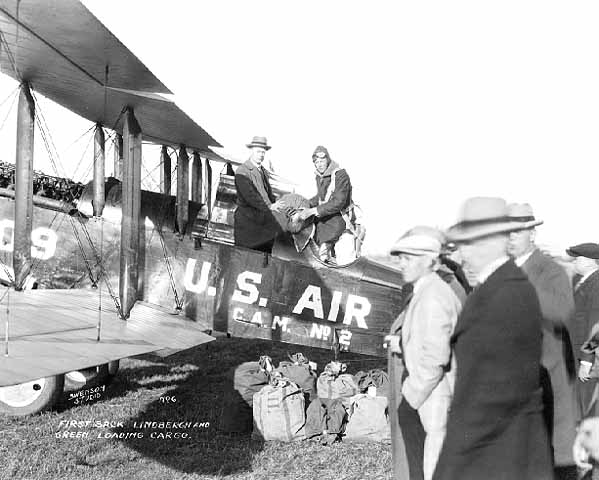
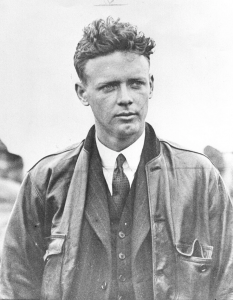
3 November 1926: Charles Augustus Lindbergh, chief pilot of the Robertson Aircraft Corporation, St. Louis, Missouri, was flying a night air mail route between St. Louis and Chicago, Illinois. His airplane was a modified De Havilland DH-4B, U.S. Postal Service Airmail Plane Number 109.
Lindbergh was flying Contract Air Mail Route 2, or “C.A.M. No. 2.” He departed St. Louis at 4:20 p.m. and made his first stop at Springfield, Illinois, at 5:15 p.m. He then continued on the second stage, Springfield to Peoria, Illinois.
Visibility was poor, about a half-mile (800 meters) in fog. Lindbergh flew at 600 feet (183 meters) but was unable to see the ground. Near the air field at Peoria, he could see lights from 200 feet (61 meters) altitude, but was unable to land.
After circling for 30 minutes, he continued toward Chicago. Lindbergh occasionally saw lights on the ground through the fog, but with his fuel running low, he decided that he was going to have to abandon his airplane. He headed out over more open country and climbed to 14,000 feet (4,267 meters).
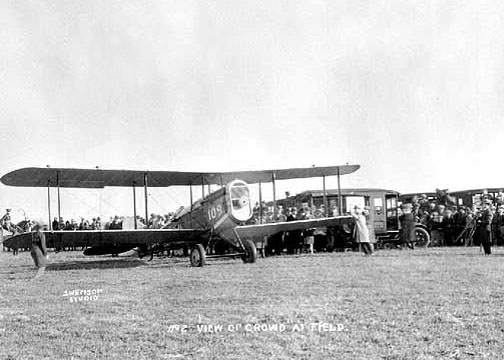
At 8:10 p.m., the de Havilland’s fuel supply was exhausted and the engine stopped. Lindbergh switched off the battery and magnetos, then stepped over the side. He immediately pulled the ripcord of his parachute and safely descended to the ground.
Airmail Plane Number 109 crashed on the farm of Charles and Lillie Thompson, near Covell, a small town southwest of Bloomington, Illinois. Lindbergh had been unable to find the wreck in the darkness, but in daylight, it was clearly visible just 500 feet (152 meters) from the Thompson’s house.
This was the fourth time that Charles Lindbergh has used a parachute to escape from an airplane. The last time was just six weeks earlier.
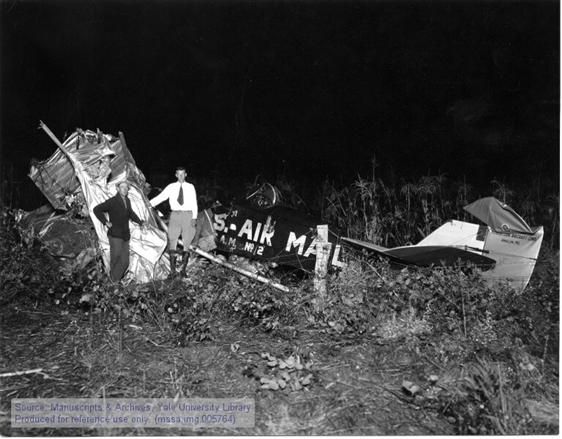
He resigned from Robertson Aircraft and formed a group to finance and build the Spirit of St. Louis. Charles Augustus Lindbergh flew his new airplane across the Atlantic Ocean, non-stop, solo, 20–21 May 1927.

The Airco DH.4 was a very successful airplane of World War I, designed by Geoffrey de Havilland. The DH.4 (DH-4 in American service) was a two-place, single-engine, two-bay biplane with fixed landing gear. The fuselage and wings were constructed of wood and covered with doped fabric. The airplane was produced by several manufacturers in Europe and the United States.
The DH-4 was 30 feet, 5 inches (9.271 meters) long with a wingspan of 42 feet, 8 inches (13.005 meters) and height of 10 feet, 6 inches (3.200 meters). It had an empty weight of 2,391 pounds, (1,085 kilograms) and gross weight of 4,297 pounds (1,949 kilograms). Fuel capacity was 67 gallons (254 liters).
Army Air Service DH-4s were powered by Liberty 12 aircraft engines in place of the Rolls-Royce Eagle VII V-12 of the British-built DH.4 version. The L-12 was water-cooled, normally-aspirated, 1,649.34-cubic-inch-displacement (27.028 liter), single overhead cam (SOHC) 45° V-12 engine. It produced 408 horsepower at 1,800 r.p.m. The L-12 as a right-hand tractor, direct-drive engine and it turned turned a two-bladed fixed-pitch wooden propeller. The Liberty 12 was 67.375 inches (1.711 meters) long, 27.0 inches (0.686 meters) wide, and 41.5 inches (1.054 meters) high. It weighed 844 pounds (383 kilograms).
The Liberty 12 aircraft engine was designed by Jesse G. Vincent of the Packard Motor Car Company and Elbert J. Hall of the Hall-Scott Motor Company. This engine was produced by Ford Motor Company, as well as the Buick and Cadillac Divisions of General Motors, The Lincoln Motor Company (which was formed by Henry Leland, the former manager of Cadillac, specifically to manufacture these aircraft engines), Marmon Motor Car Company and the Packard Motor Car Company. Hall-Scott was too small to produce engines in the numbers required.
The DH-4 had a maximum speed of 124 miles per hour (200 kilometers per hour), service ceiling of 19,600 feet (5,974 meters) and range of 400 miles (644 kilometers).
Many DH-4s were rebuilt as DH-4Bs. These can be identified by the relocated pilot’s cockpit, which was moved aft, closer to the observer’s position. The an enlarged fuel tank was place ahead of the pilot’s cockpit. Following World War I, many were rebuilt with tubular metal frames for the fuselage, replacing the original wooden structure. These aircraft were redesignated DH-4M.
The prototype American DH-4, Dayton-Wright-built airplane, is in the collection of the Smithsonian Institution National Aviation and Space Museum.
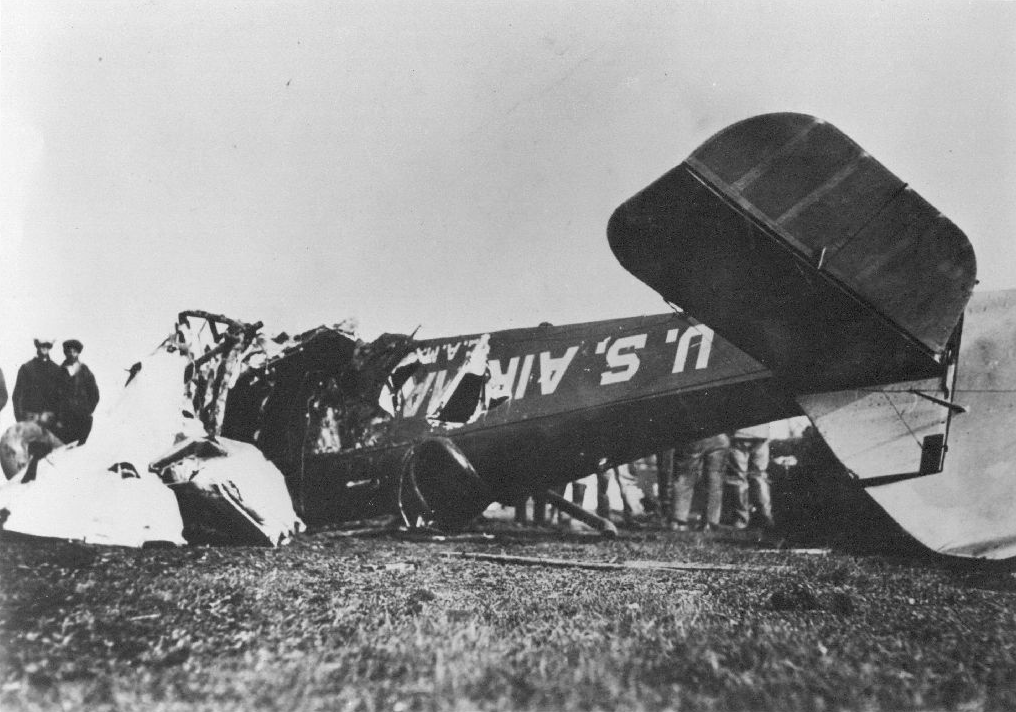
© 2016, Bryan R. Swopes
Following World War II, many were rebuilt with tubular metal frames for the fuselage, replacing the original wooden structure. These aircraft were redesignated DH-4M.
Shouldn’t that be WW 1?
Yes, it should be. Thank you for catching my error.